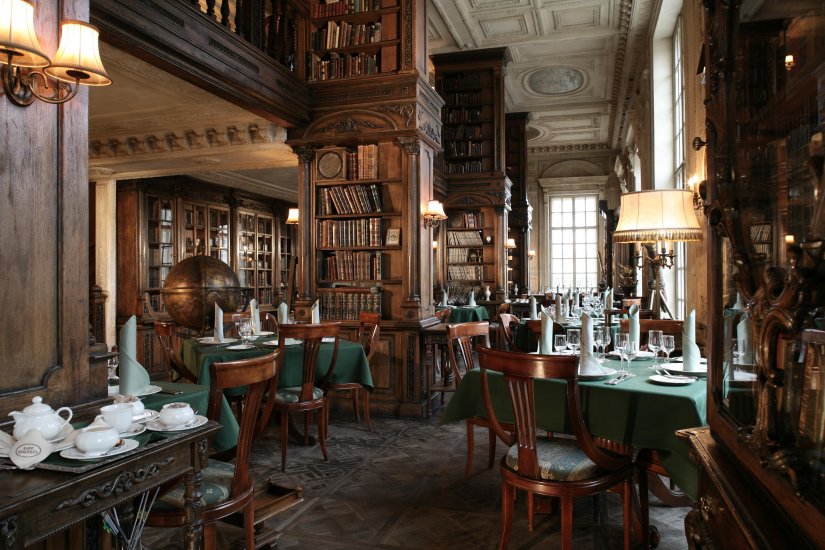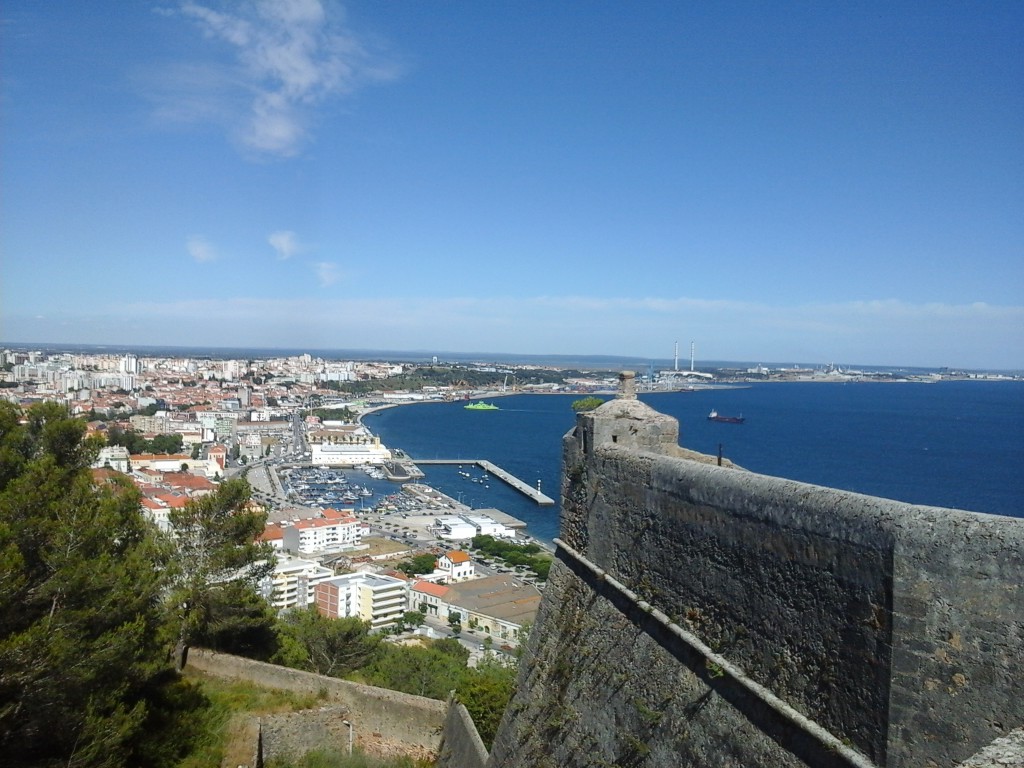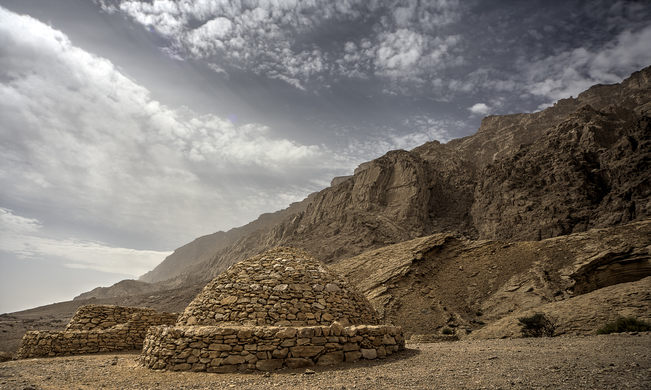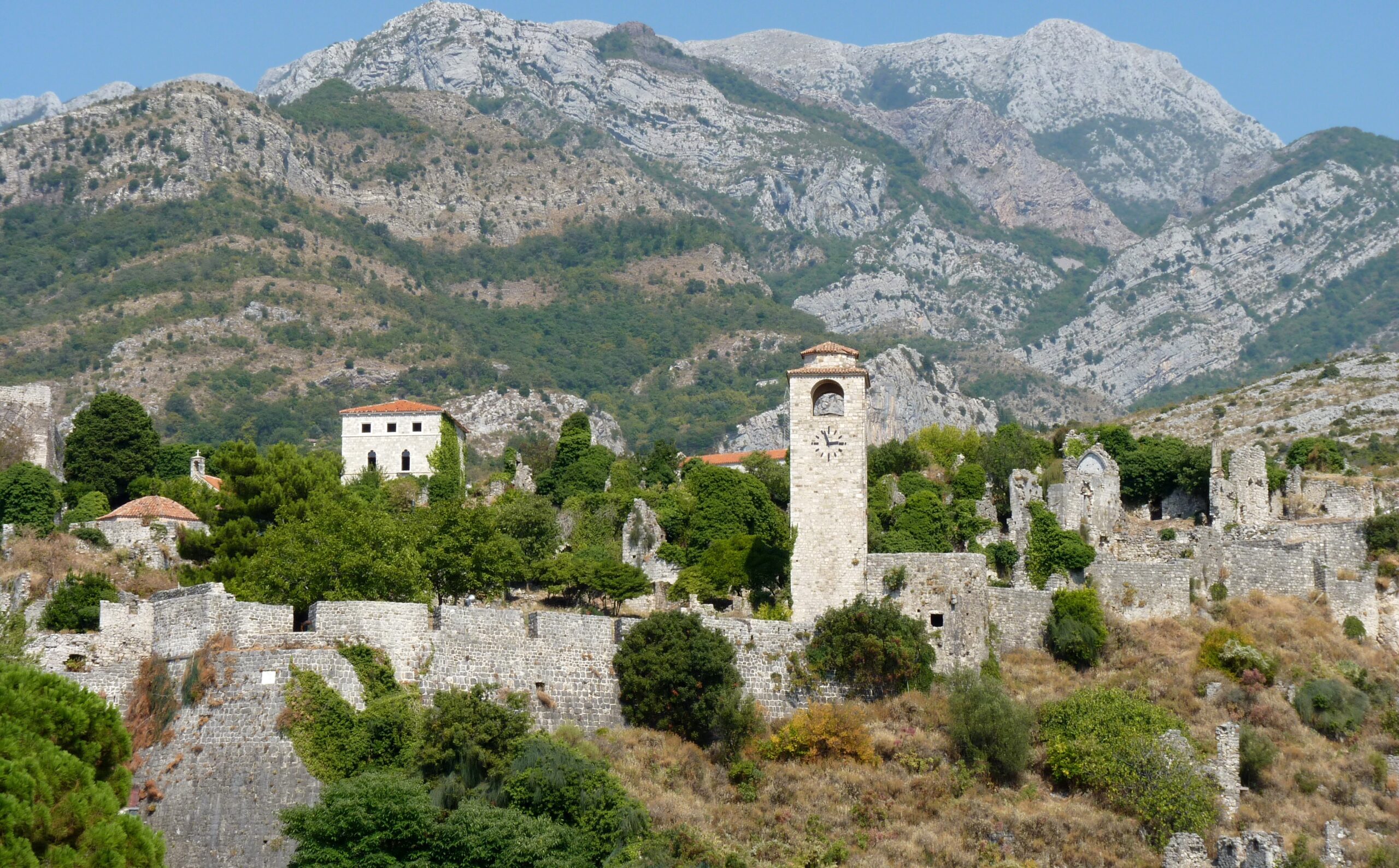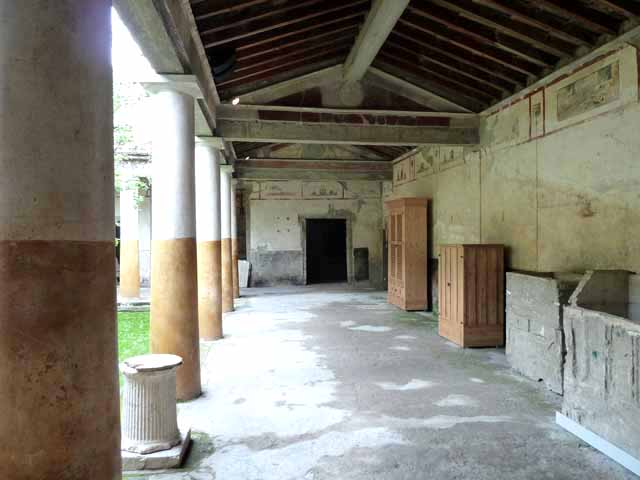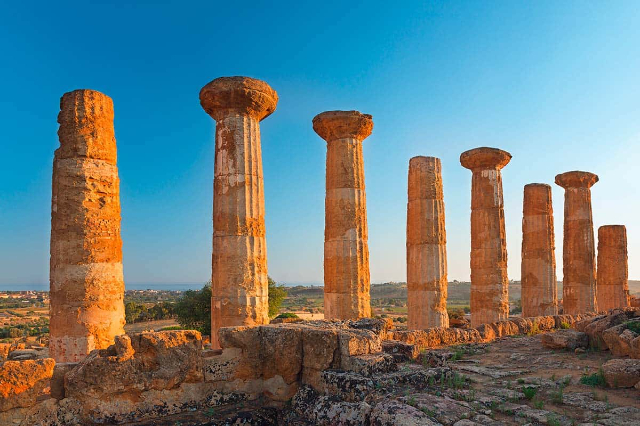The oldest settlement on the ground of the modern city of Graz dates back to the Chalcolithic Age. However, no historical continuity exists of a settlement before the Middle Ages. During the 12th century, dukes under Babenberg rule made the town into an important commercial center. Later, Graz came under the rule of the Habsburgs, and in 1281, gained special privileges from King Rudolph I.
In the 14th century, Graz became the city of residence of the Inner Austrian line of the Habsburgs. The royalty lived in the Schloßberg castle and from there ruled Styria, Carinthia, most of today’s Slovenia, and parts of Italy.
In the 16th century, the city’s design and planning were primarily controlled by Italian Renaissance architects and artists. One of the most famous buildings built in this style is the Landhaus, designed by Domenico dell’Allio, and used by the local rulers as a governmental headquarters.
Graz bear witness to an exemplary model of the living heritage of a central European urban complex influenced by the secular presence of the Habsburgs and the cultural and artistic role played by the main aristocratic families. They are a harmonious blend of the architectural styles and artistic movements that have succeeded each other from the Middle Ages until the 18th century, in the many neighbouring regions of Central and Mediterranean Europe. They embody a diversified and highly comprehensive ensemble of architectural, decorative and landscape examples of these interchanges of influence.
In 1999, Graz was added to the UNESCO list of World Cultural Heritage Sites, and the site was extended in 2010 by Schloss Eggenberg.


